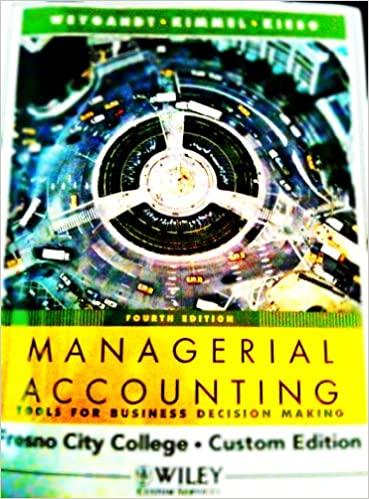
5. (20) SIR model. There is an infectious disease for which a vaccine exists. The government considers subsidizing the vaccine. In this exercise, you will derive how a change in the price of vaccines changes the steady state infected population, /*, in an SIR model-discussed in Section 21.2 - in which the demand for vaccine is affected by the size of the infected population. (I.e., you will derive d//dp, which indicates the vaccine subsidy effectiveness affecting the size of the infected population or prevalence l ) (a) Recall the formula in the SIR model reflecting the size of the susceptible population in steady state (see Section 21.2 for the description of the notation): dtdS=bISvt(p,I)SdSS=0 Take the derivative of Equation (eq 1) with respect to p. [Hint: Remember that vt is a function of both the price of vaccines and the number of infected people, p and l. Remember too that / will change with p, so the derivative of vt with respect to p requires the use of the chain rule. By contrast, the birth rate b, the infectivity rate , and the death rate of the susceptible group dS are all constants and don't change with the price of vaccines p.] (b) Recall the steady state population of the susceptible group S found in Equation 21.8. Does it depend on the price of vaccines p ? (c) Using this fact about dS/dp that you derived in the last question, simplify the expression you derived in the first part of this question. (d) Now solve for d//dp When the prevalence elasticity of demand for the vaccine dv/d/ is high, is the steady-state size of the infected population more or less affected by changes in the vaccine price, p, compared to when the prevalence elasticity of demand for the vaccine dv/dl is low? 5. (20) SIR model. There is an infectious disease for which a vaccine exists. The government considers subsidizing the vaccine. In this exercise, you will derive how a change in the price of vaccines changes the steady state infected population, /*, in an SIR model-discussed in Section 21.2 - in which the demand for vaccine is affected by the size of the infected population. (I.e., you will derive d//dp, which indicates the vaccine subsidy effectiveness affecting the size of the infected population or prevalence l ) (a) Recall the formula in the SIR model reflecting the size of the susceptible population in steady state (see Section 21.2 for the description of the notation): dtdS=bISvt(p,I)SdSS=0 Take the derivative of Equation (eq 1) with respect to p. [Hint: Remember that vt is a function of both the price of vaccines and the number of infected people, p and l. Remember too that / will change with p, so the derivative of vt with respect to p requires the use of the chain rule. By contrast, the birth rate b, the infectivity rate , and the death rate of the susceptible group dS are all constants and don't change with the price of vaccines p.] (b) Recall the steady state population of the susceptible group S found in Equation 21.8. Does it depend on the price of vaccines p ? (c) Using this fact about dS/dp that you derived in the last question, simplify the expression you derived in the first part of this question. (d) Now solve for d//dp When the prevalence elasticity of demand for the vaccine dv/d/ is high, is the steady-state size of the infected population more or less affected by changes in the vaccine price, p, compared to when the prevalence elasticity of demand for the vaccine dv/dl is low







